It’s Wimbledon time!
As a teenager on summer break in the US, this meant no Days of Our Lives, as tennis took over the NBC broadcast for two weeks.
But as an adult in London, it means a trip to Wimbledon Village to see purple and green decorations and window displays, and soak up the atmosphere (and maybe even run into Martina Navritilova shopping in the local grocer, as I did once).
Earlier this week, the tournament began and Sir David Attenborough was given a standing ovation when he appeared as a guest of the Royal Box.
And later that day, my brother sent me an article from an Australian media outlet that said Sir David was the reason tennis balls are yellow.
Eh?
I had never heard this before, but of course, I was curious…
So despite being a tennis player, I can’t say I’ve ever given a lot of thought to why tennis balls are yellow, but I hope you find this story as interesting as I did.
And spoiler alert: it does involve Sir David Attenborough – but there’s a lot more to it.
Our story begins in the late-1960s.
Before he was Sir David Attenborough, the broadcaster famously known for nature documentaries, David Attenborough was controller of BBC Two.
And at that time, the BBC broadcast their programming in black and white.
But Attenborough was pushing to introduce color programming, something the Americans and Japanese already had.
“We had been asking the government over and over again and they wouldn’t allow us, until suddenly they said, ‘Yes, OK, you can have it, and what’s more you’re going to have it in nine months’ time,’ or whatever it was,” he told The Radio Times in 2017.
“I mean, a ridiculously short period.
“They had no idea of the complexity involved. Even then, the cameras were changing. The engineers didn’t want to buy a complete set of studio cameras that would be significantly outdated within a year.
“So I had to predict when we would start – and, in a childish sort of way, I wanted to be first.
“True, the Americans and the Japanese had both got colour, but Europe hadn’t.
“I heard the West Germans were doing it, and I discovered that they were planning to launch it very close to when we were.
“But what I couldn’t do was to start a complete kind of service. The best that I could do would be to have what I called a piebald service, so there was some colour every night, but the whole service wasn’t in colour.
“And it suddenly dawned on me that the one thing we did have was outside broadcast units. I thought, ‘Blimey, couldn’t we deploy them?’
“And then I thought of Wimbledon.”
“I mean, it is a wonderful plot: you’ve got drama, you’ve got everything.
“And it’s a national event, it’s got everything going for it.”
So on July 1, 1967, four hours of BBC television was broadcast from Wimbledon in full color.
Attenborough succeeded in having the first color television broadcast not just in the UK – but in Europe.
“I was proud as a peacock,” he said. “It was absolutely terrific!”
But while the color broadcast of the Wimbledon Championships was a success, it created a new problem that needed to be solved…
The Wimbledon dress code required players to wear white tennis attire, and white attire was synonymous with tennis at that time.
But something else on the court was white back then, too — the tennis balls.
And the white tennis ball was hard to see on a color broadcast.
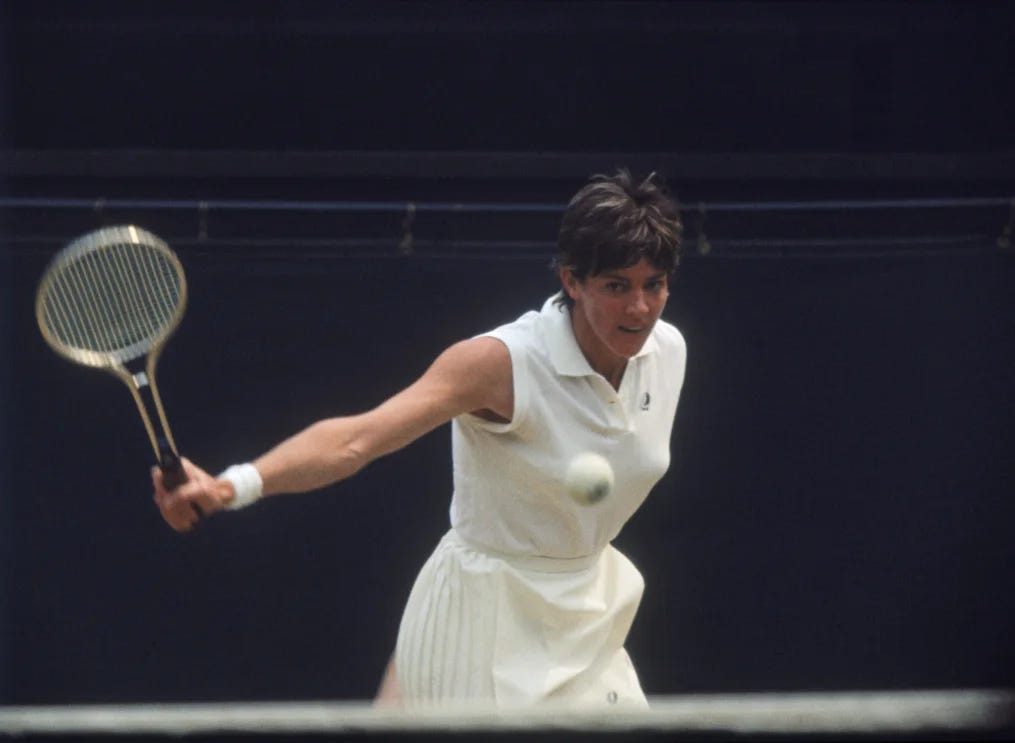
This was a problem that required a (self-described) “tennis rebel” – Welshman Mike Davies.
Davies had been Great Britain’s top ranked player in the 1950s and early 1960s, even making it to the men’s doubles final at Wimbledon in 19601.
But in the days Davies was playing, international tennis was an amateur sport.
And when he sought to maximize his earnings by turning pro, he was kicked off the British Davis Cup Team, and excluded from amateur tournaments, including Wimbledon.
But in 1968, a new era of tennis was dawning.
Wimbledon was open to professional players for the first time, and 32-year-old Davies was asked to serve (no pun intended) as Executive Director of the World Championship Tennis (WCT), a tour for professional male tennis players.
Davies’ role was to change the public’s perception of tennis as a game of “pomp and privilege” – and grow the sport globally.
And he did.
The WCT started by promoting the eight players they contracted as “The Handsome Eight” – and by 1970, they had 32 players under contract.
Davies staged tournaments and took professional tennis to large stadiums and major cities around the world.
He also made changes to the game to make it more appealing to both fans and broadcasters.
“People were saying they had a lot of trouble following the white ball,” Davies told the BBC.
“We were the first to get rid of the white ball because we were trying to get on television.
“Because we were playing on a blue indoor court, they said we should try orange, but it evolved into a yellow tennis ball.”
And the color of the tennis ball wasn’t the only change Davies introduced to the game.
“The American public wanted to tell the difference between players, so we said we were going to bring in coloured clothing,” Davies said.
“It was the first time coloured clothing was used, because it was all traditional white then.”
Davies recognized that if tennis was to become a major sport in the world, it had to be on television.
To make tennis more appealing for television, he introduced the tiebreaker, the 30-second maximum time between points, and the 90-second changeover every two games (necessary for television commercial breaks).
And his changes worked – and helped him secure the first television deal with a major network (NBC).
The WCT grew – and so did the popularity of tennis.
The 1972 WCT final in Dallas between Ken Rosewall and Rod Laver attracted a whopping 21.3 million viewers.
It finished with Rosewall’s victory in the fifth set tiebreaker, and is considered “the match that made tennis in America.”
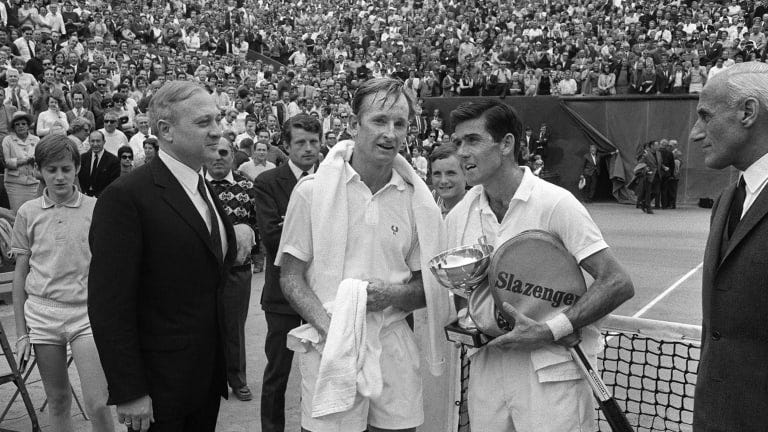
“The greatness of the match was that it had everything: a huge title, comebacks by both of us, spectacular shotmaking, tension, heavy money, and a steady buildup to an unbelievable finish.”
-Rod Laver, on the 1972 WCT Final
And that brings us back to yellow tennis balls…
That same year millions of Americans were getting excited about tennis, the International Tennis Federation introduced yellow tennis balls into the rules of tennis, saying:
“The ball shall have a uniform outer surface consisting of a fabric cover and shall be white or yellow in color.”
The US Open was the first of the Grand Slams to adopt this new color of tennis ball —technically called “optic yellow” —in 1973.
The French Open and Australian Open followed the US Open’s lead, but Wimbledon carried on using white tennis balls for more than a decade.
ESPN’s Jamie Reynolds, who first worked at Wimbledon in 1980, recalled the challenges of broadcasting back in the days of white tennis balls.
“[The white tennis balls] always turned green from grass stains,” he said.
“They blended so much with the grass, the visuals were compromised. Remember, there was no HD then!”
Wimbledon – ever the traditionalist – finally made the switch to yellow tennis balls in 1986.
So does Sir David Attenborough deserve credit for yellow tennis balls?
Though several articles (like this one) credit Attenborough with introducing the yellow tennis ball, they all cite the same source: 2,024 QI Facts to Stop You In Your Tracks.
I have ordered a copy of the book to verify what it actually says, but it did not arrive by press time.
But I did find several articles (like this one) that try to support the claim with Attenborough’s words from the Radio Times interview, but neglect to note that he did not mention the color of the tennis balls in that interview.2
So what’s the verdict?
Based on the research I did, I believe Attenborough certainly deserves credit for bringing Wimbledon to us in full color (and implementing color programming at the BBC).
But Mike Davies3 deserves credit for introducing the optic yellow tennis ball – and changing the game of tennis forever.
*I have not given up on getting to the bottom of this story though, and if anyone has a reputable source that can shed more light, please share it!
One more thing…
In case you’re still curious about tennis balls…4
The tennis balls used in Wimbledon are replaced at the end of the first seven games, and then after every ninth game.
Used balls are sold at the Southern Village store. (Bonus points to any Curious Minds reader5 who picks up a used ball for me).
Slazenger has been providing tennis balls to Wimbledon since 1902, making them the “oldest partner of any Grand Slam tournament.”
Wilson tennis balls are used for the US Open and French Open, and Dunlop balls are used in the Australian Open.
Who knew there was so much to learn about tennis balls?
And one more thing…
David Attenborough wasn’t the only member of his family to be interested in nature.
His brother Richard was also really interested in dinosaurs6.
I also wrote this…
As Andy Murray announced he wouldn’t be competing in the men’s singles tournament this week, I thought it was a good time to remind people why he is a champion both on — and off — the court.
Game, Set, Match: Why Andy Murray is A Champion Both On and Off the Court
32 cents changed my life’s path
That’s not a clickbait headline — it’s true!
And I talk about it (and many other things) with the incredible Jo Wallace in her latest Good Girls Eat Dinner podcast.
Find out how curiosity (and communication!) first connected us, and why I believe good old fashioned manners never go out of style.
How can I help?
I’ll keep saying it: Communication matters.
If you want to improve your communication (and get all the good things that come with that), I’m your gal.
So many companies could reap massive rewards – from performance and culture to retention and engagement – by improving their communication.
So, if you know someone who could benefit from some help (as even the most seasoned leaders do), please get in touch and check out my website for more information.
You can also see my Top 10 list of what I can (and can’t) do for you here.
And if you see any communication examples (the good, the bad, and the ugly) that you think are worth analyzing or sharing, please send them my way!
Stay Curious!
-Beth
After Davies, British tennis fans had to wait 52 years for another Brit to reach a Wimbledon final. Both Andy Murray (singles) and Jonathan Marray (doubles) made the finals in 2012.
There are a lot of “journalists” who need to sign up for Professor Richard Roth’s News Writing & Editing class.
And perhaps his colleagues at the WCT and the International Tennis Federation also deserve credit.
No? Just me?
Diana? Dan? Here’s hoping you read this before you go to Wimbledon!
Life — and pop culture references — find a way.

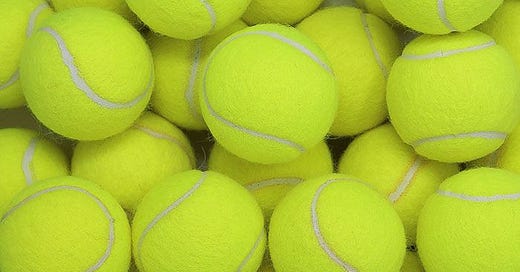


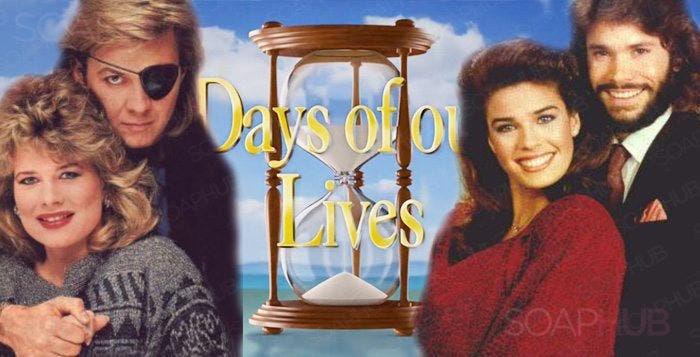
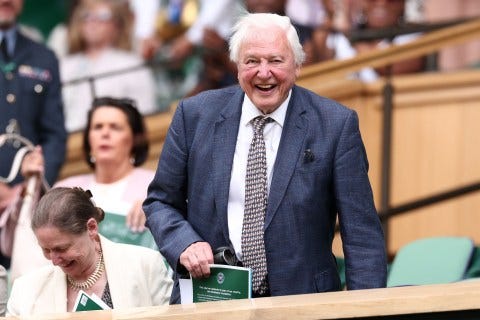
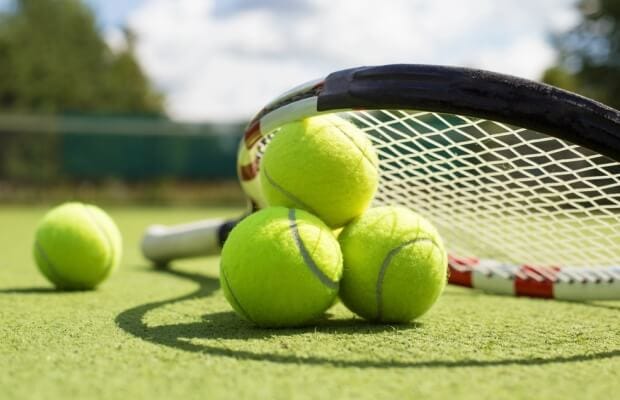
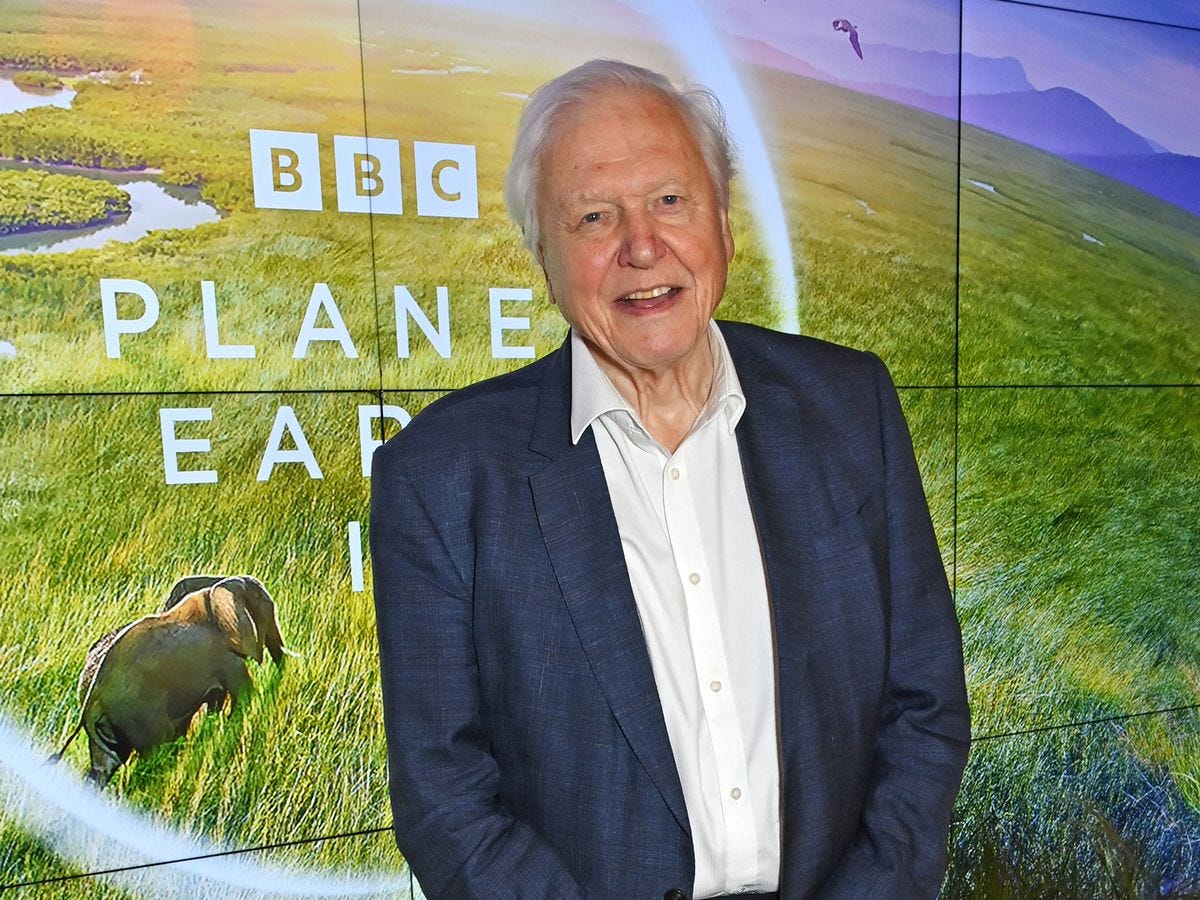
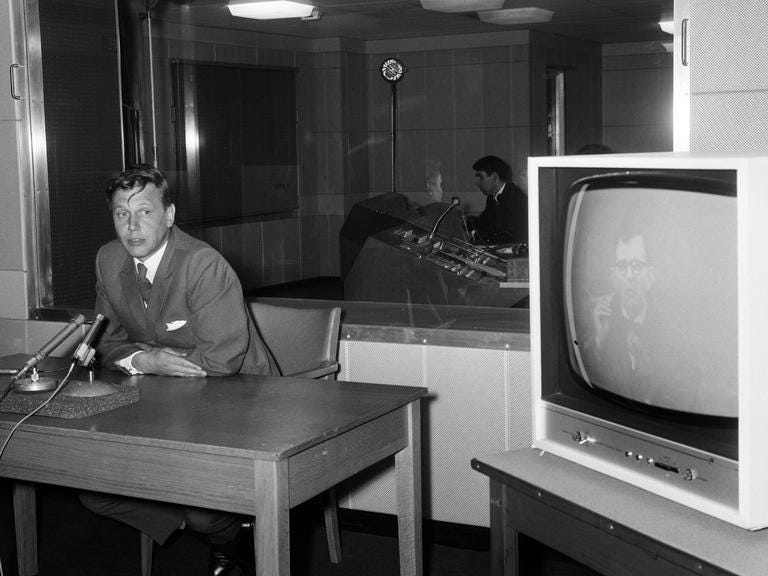
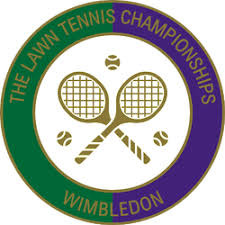
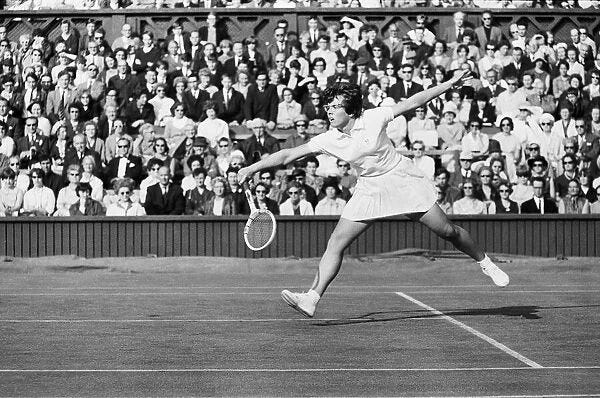
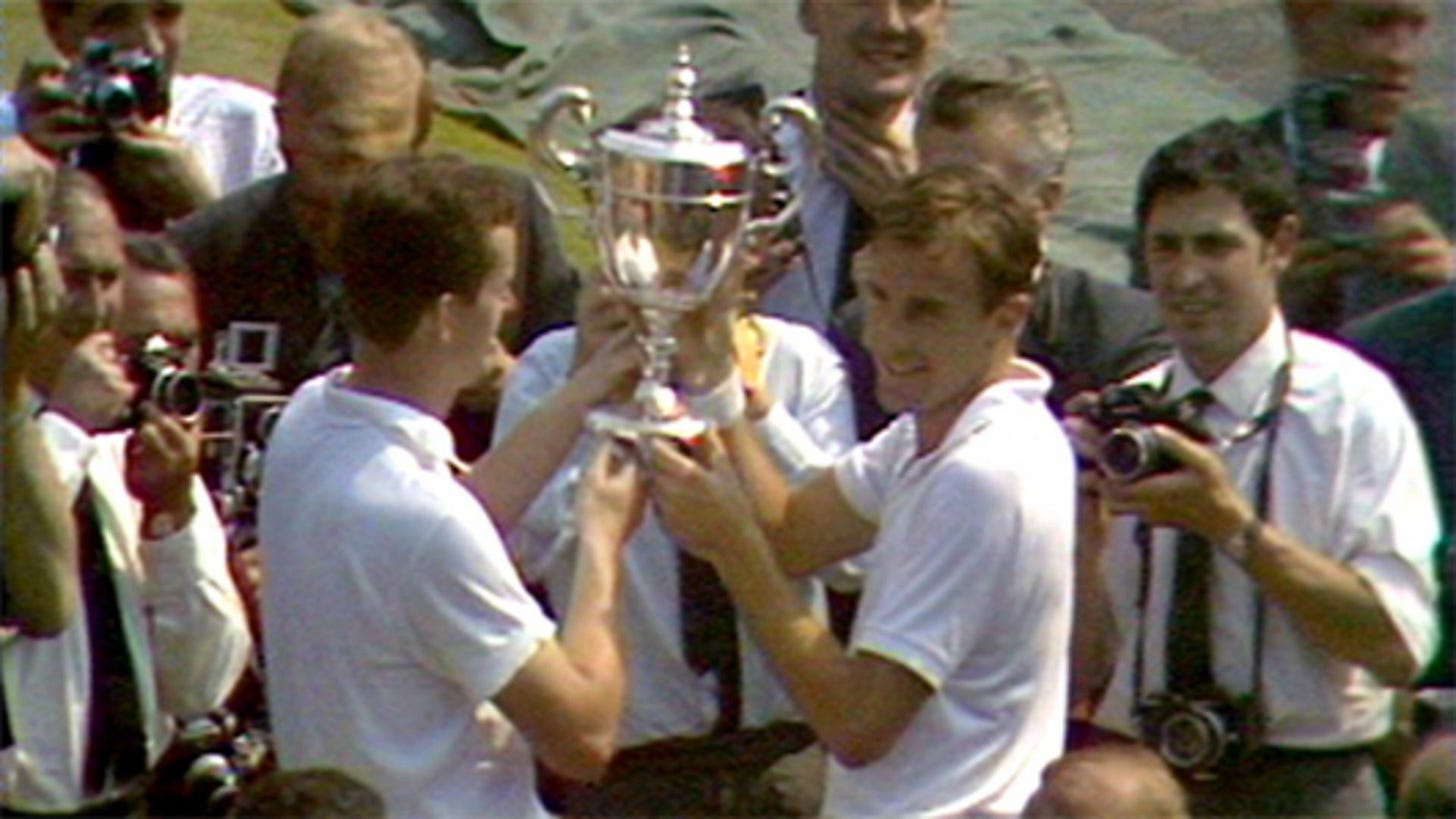
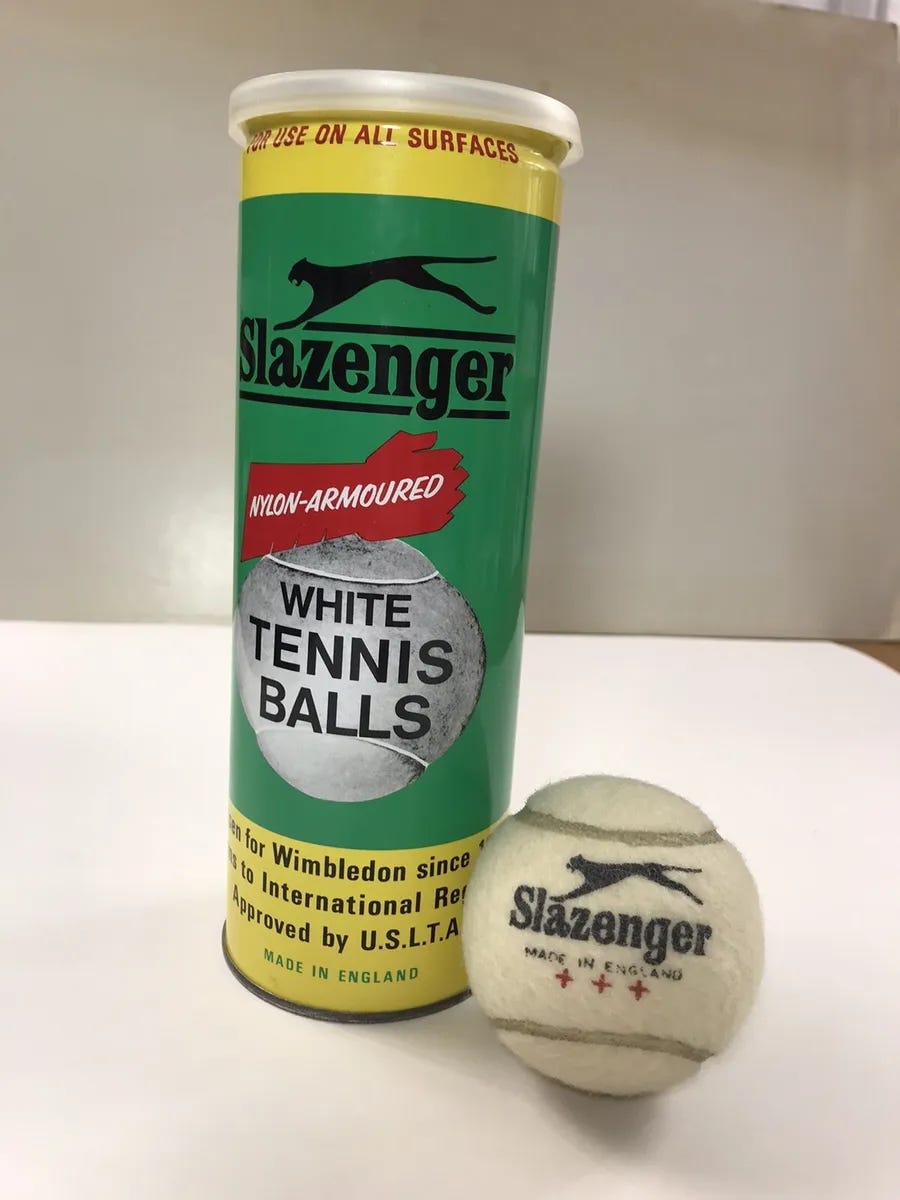
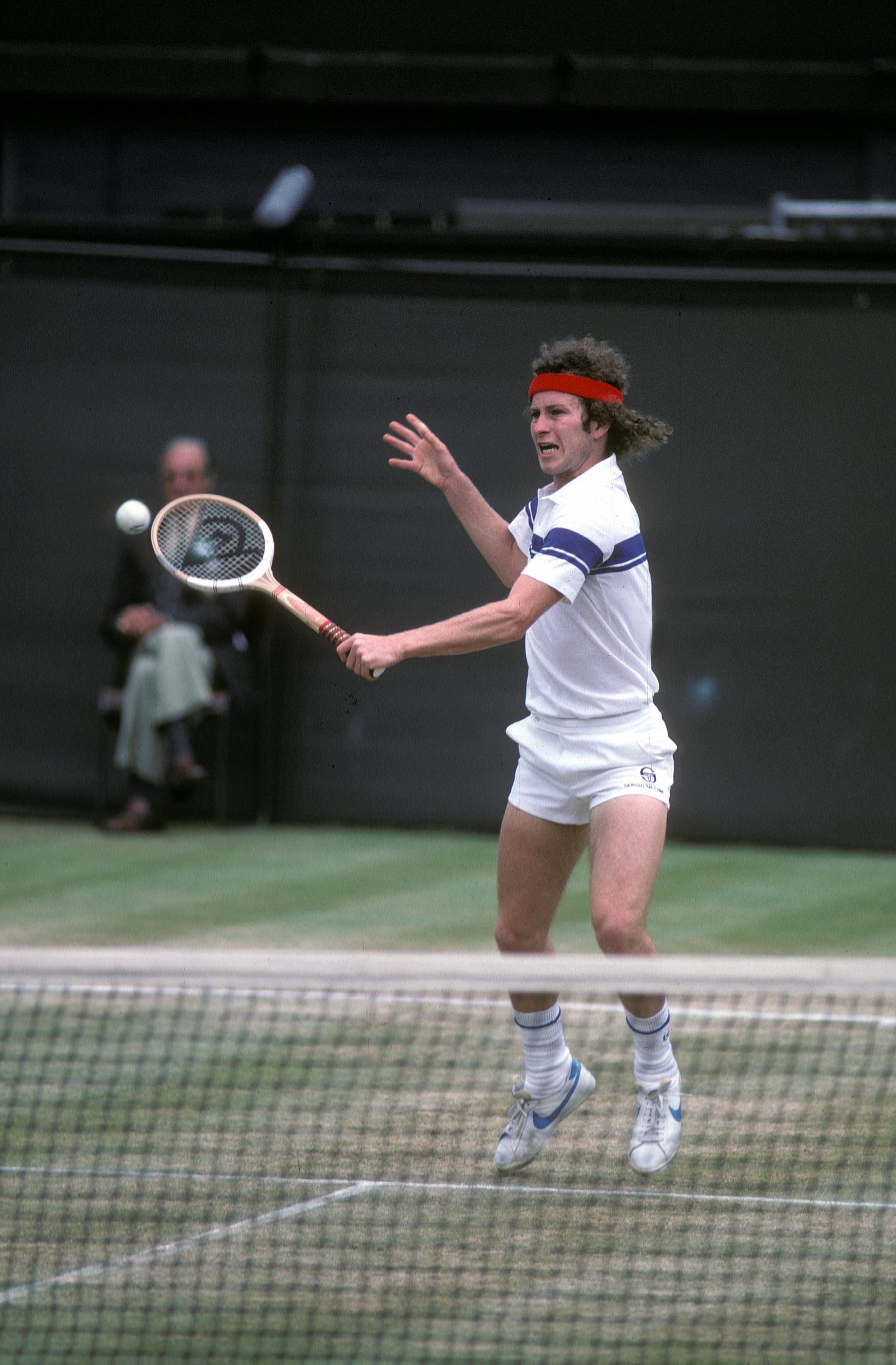
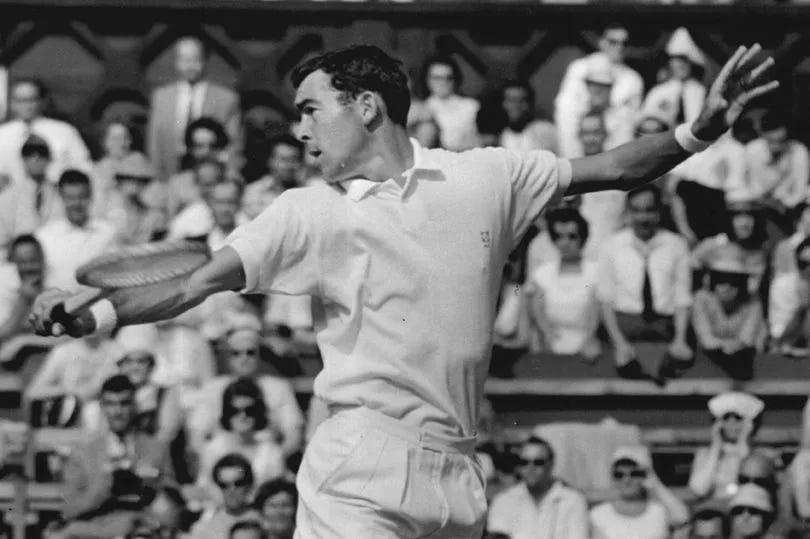
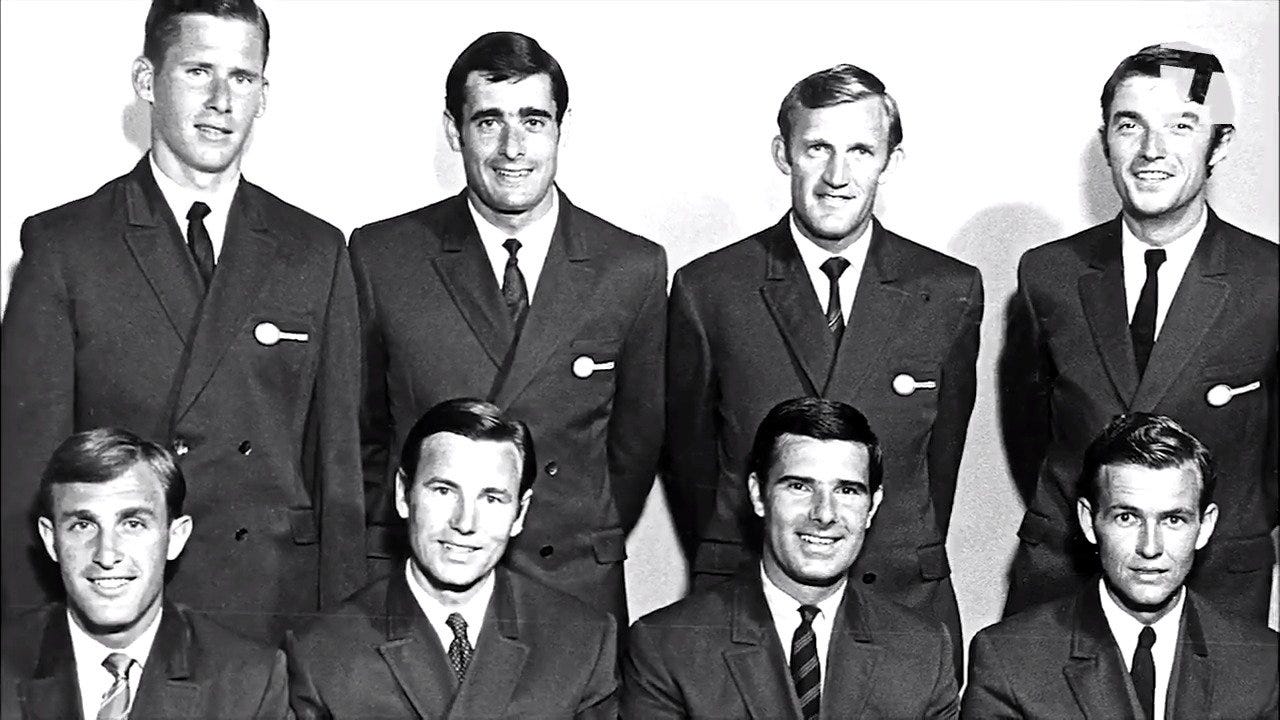
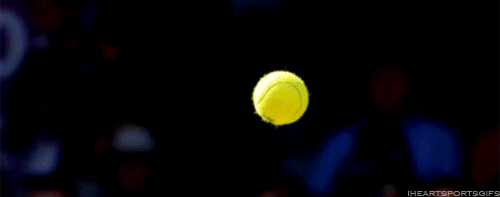
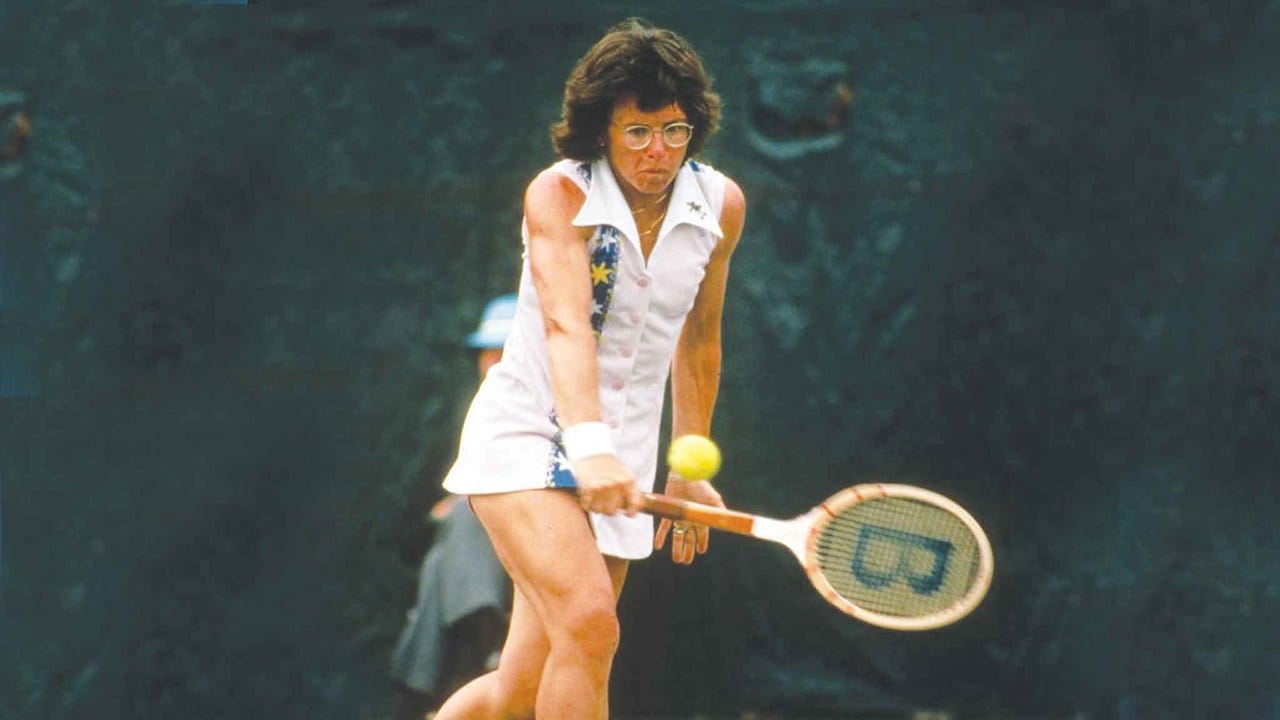
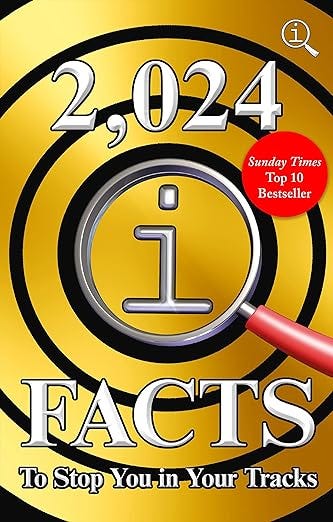

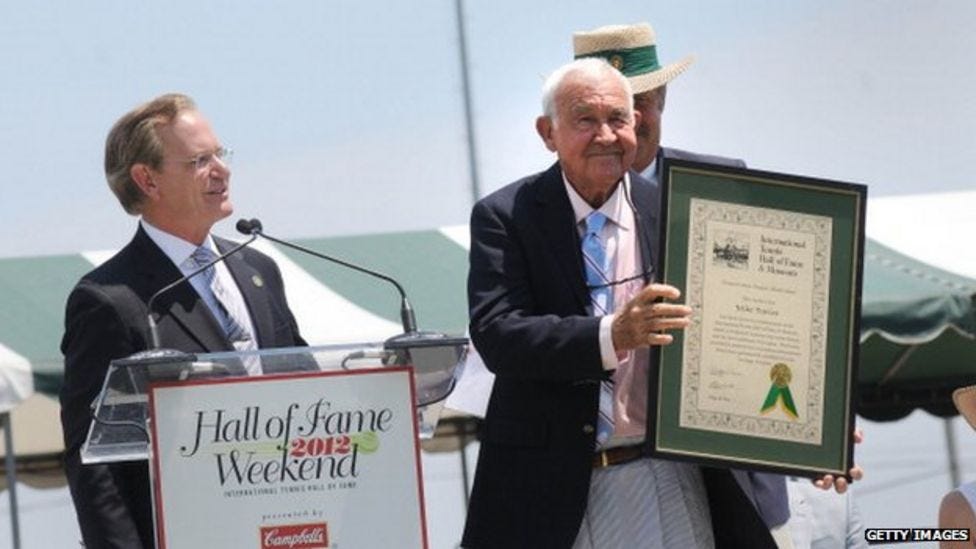
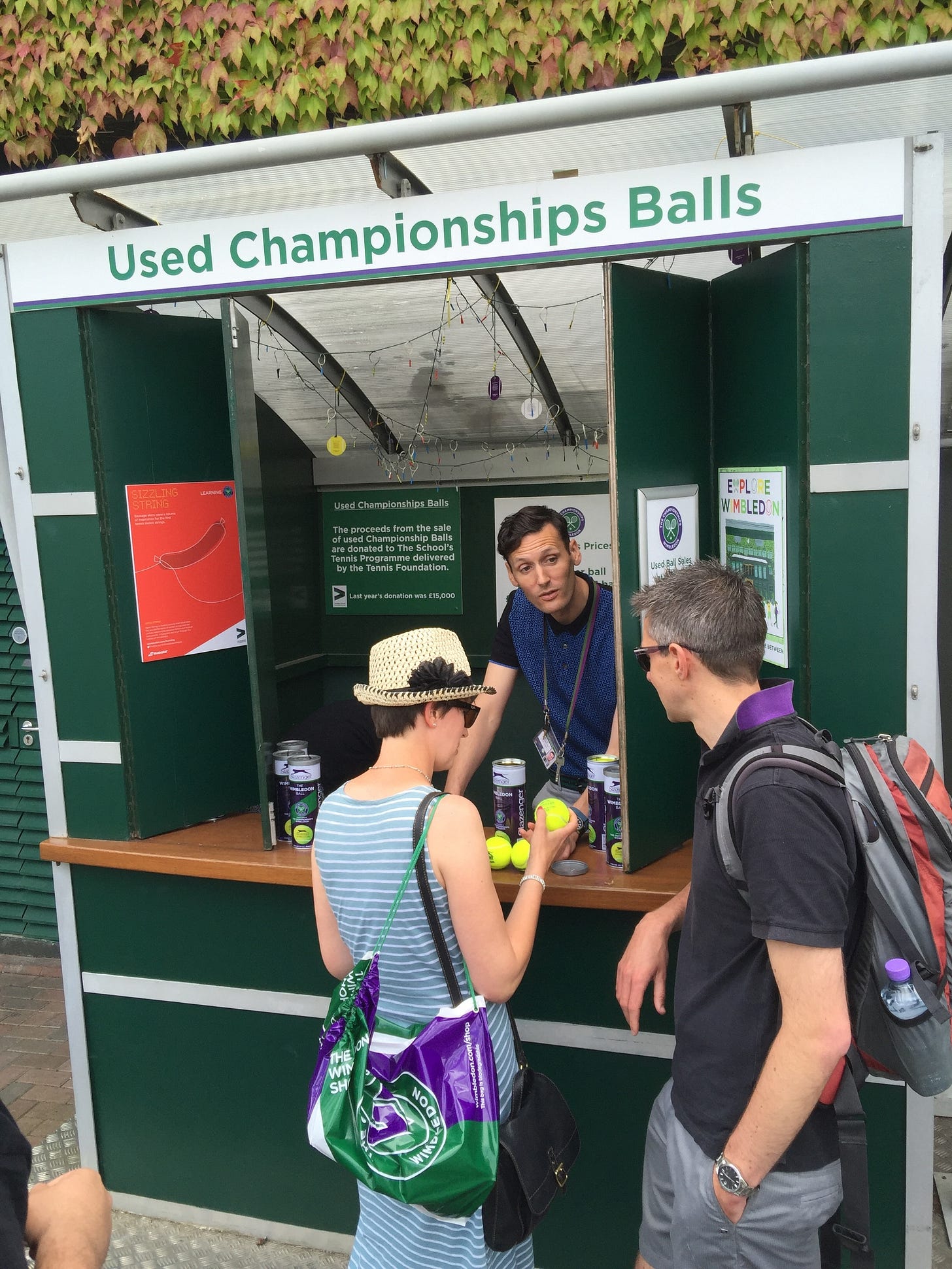

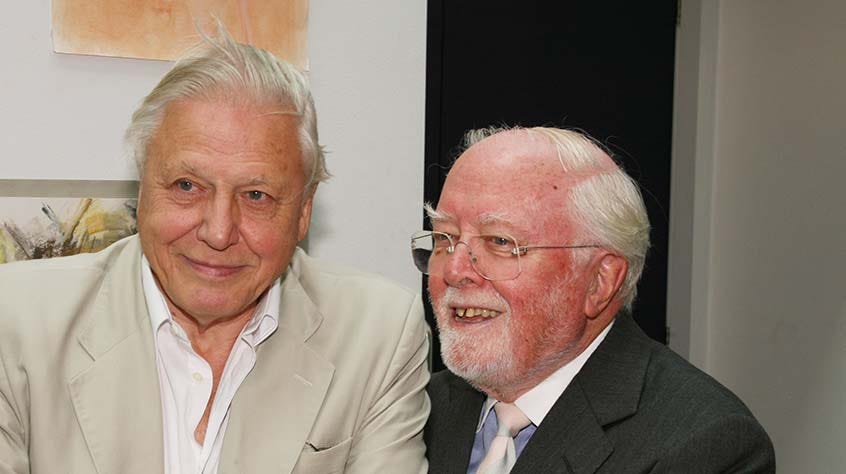

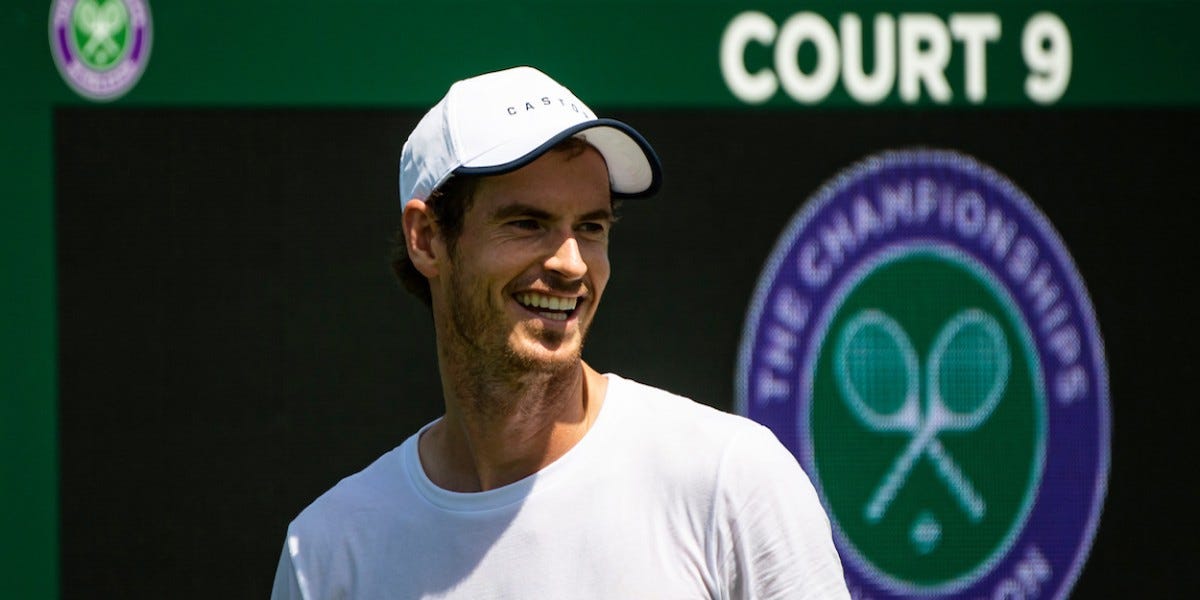


What a lovely lunchtime read! From a fan of McBrat from way back! x
Sure, but tennis balls are GREEN, not yellow